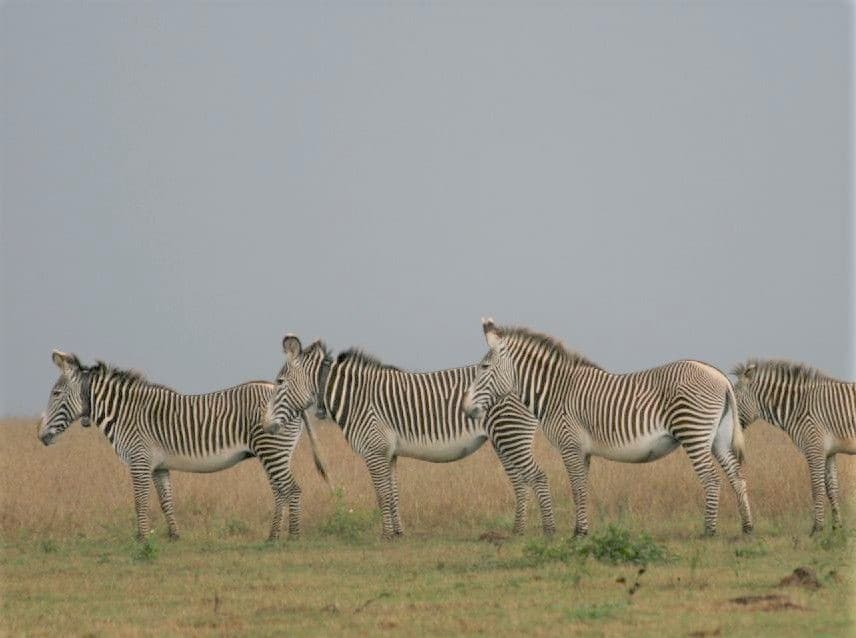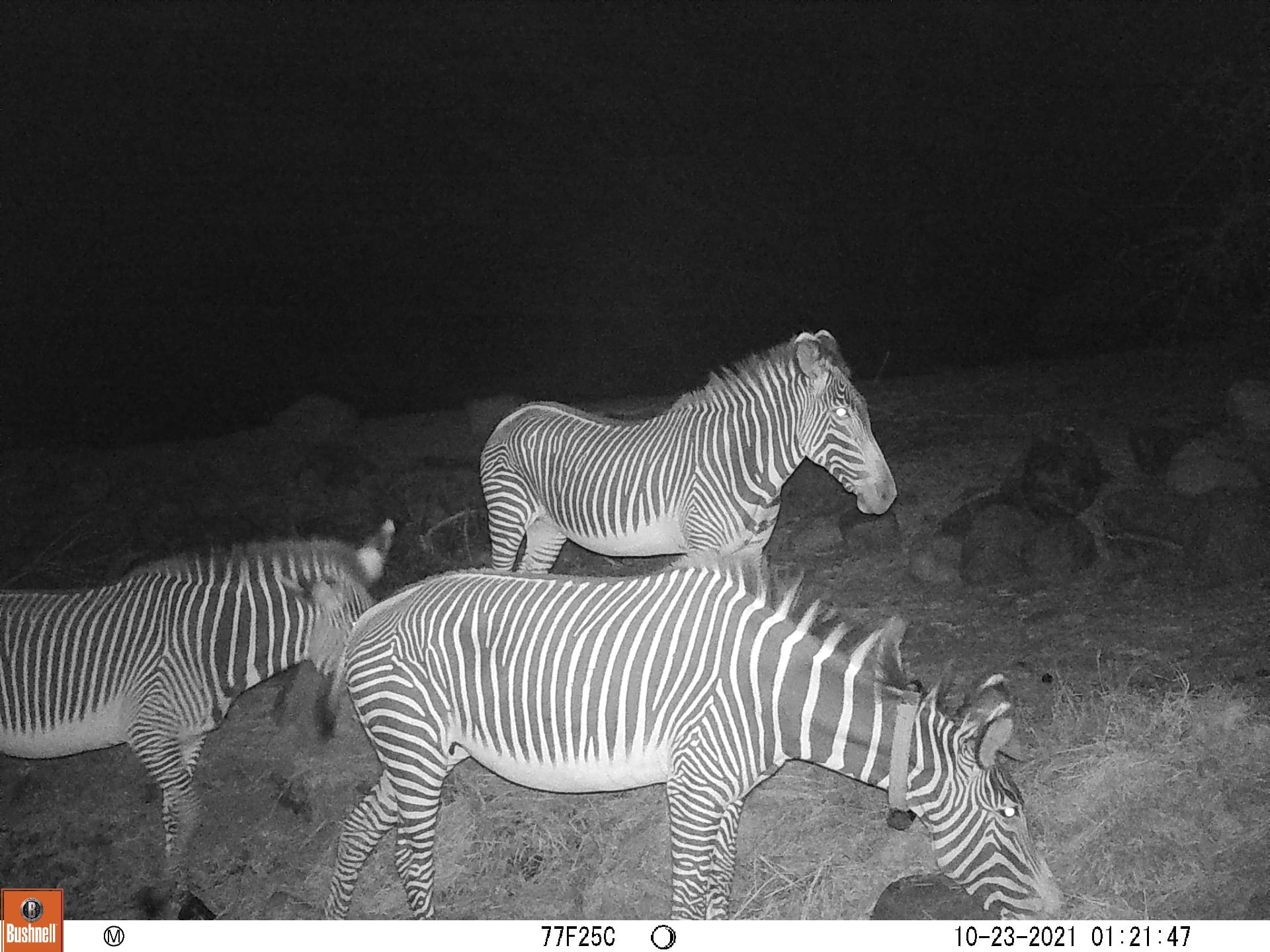Endangered Grevy’s zebra populations in northern Kenya
October 24, 2022
October 24, 2022

Marwell Wildlife and partners have completed a research project on how the wild population of Grevy’s zebra moves across the fragile aridland landscape of northern Kenya. This project was undertaken by Chelsea Smith in contribution to her MRes Wildlife Conservation, our own post graduate programme, jointly delivered with University of Southampton. This research has provided vital information for future conservation planning.
Land degradation, competition with livestock, infrastructure development, and climate change have reduced habitat availability and population connectivity for many wildlife species, including the Endangered Grevy’s zebra. Large herbivores are particularly vulnerable, and the Grevy’s zebra illustrates the decline and fragmentation of large mammalian herbivore populations, with extensive population loss across their range in northern Kenya and Ethiopia.
Using location and movement data for Grevy’s zebra from Global Positioning System (GPS) collars fitted to zebra between 2010 and 2017, seasonal movement and the character of the landscape was modelled along with water availability, vegetation, cattle density, topography and proximity to roads and settlements. From this, a map of suitable habitat for Grevy’s zebra was drawn, and probable movement across the landscape by Grevy’s zebra was then determined.
The analyses confirmed the Grevy’s zebra reliance on water, with an apparent trade-off between habitat suitability and proximity to people. The analyses also highlighted potentially isolated populations, with reduced connectivity across the different seasons being most apparent between northern to southern habitat. These results can inform sustainable land management planning in northern Kenya and offer support for Grevy’s zebra conservation actions. They also provide insights that can be applied to other large herbivores occurring in this region and in arid or degraded environments elsewhere.
International studbook keeper and EEP coordinator, Tanya Langenhorst said: “This long-anticipated project has provided Grevy’s zebra conservation with highly useful insights. It will allow targeted action and provide critical information to infrastructure developments affecting the most important habitats and movement routes. More projects like this will further add to our knowledge in our work to conserve this beautiful species and many others.”
To link to the published article ‘Smith et al. (2022) Population and habitat connectivity of Grevy’s zebra Equus grevyi, a threatened large herbivore in degraded rangelands. Biological Conservation 274’, please click here https://doi.org/10.1016/j.biocon.2022.109711
